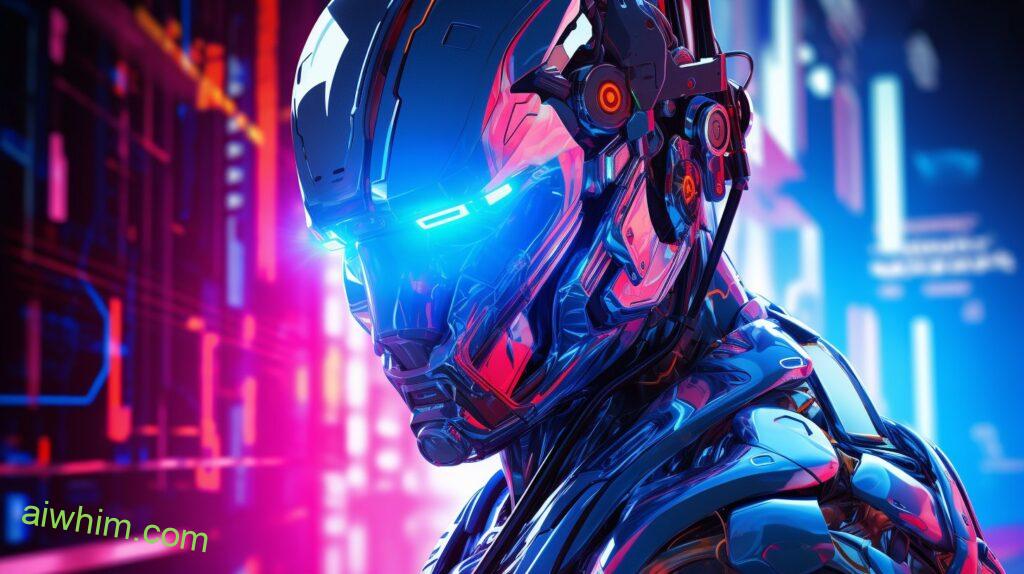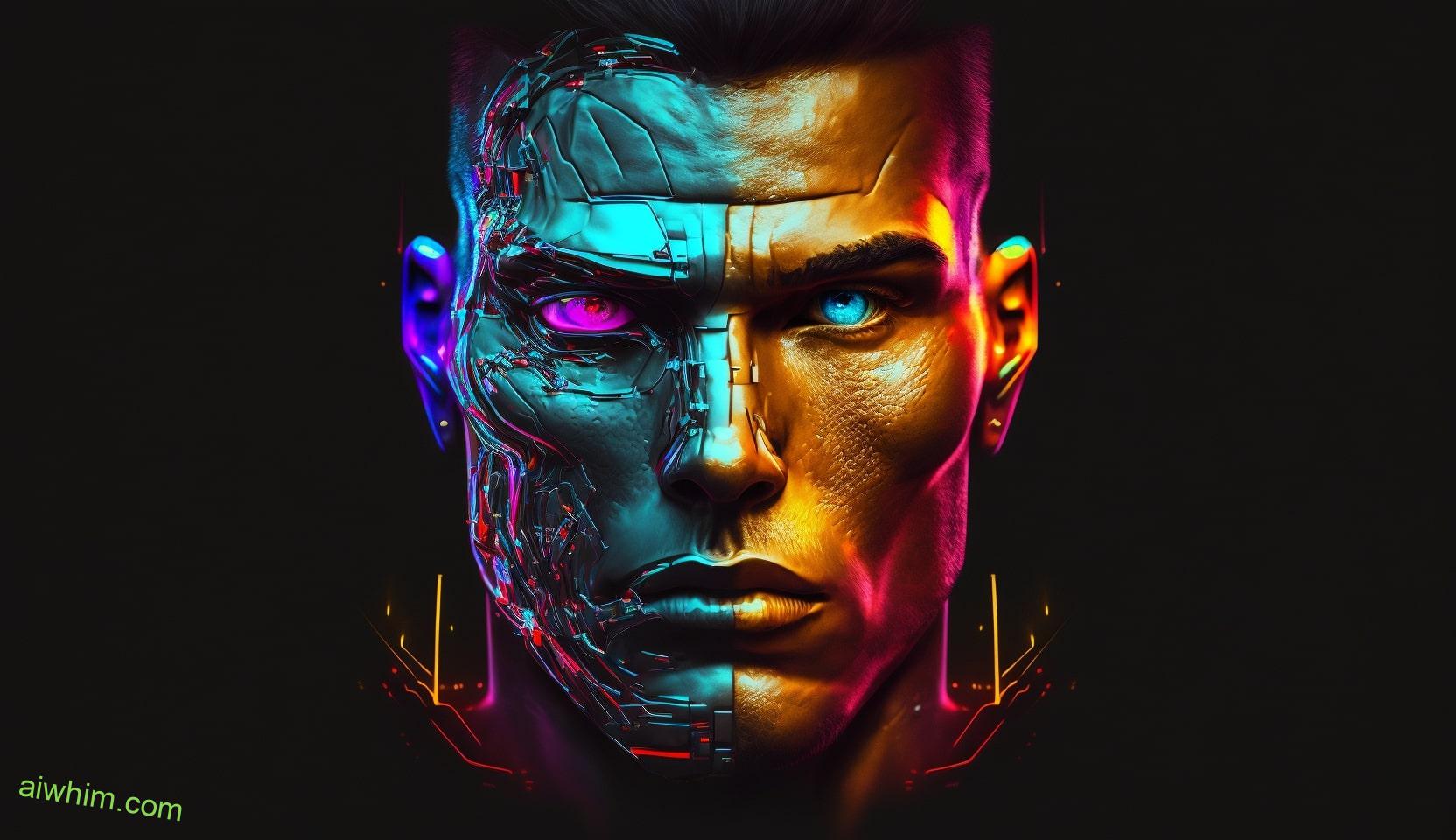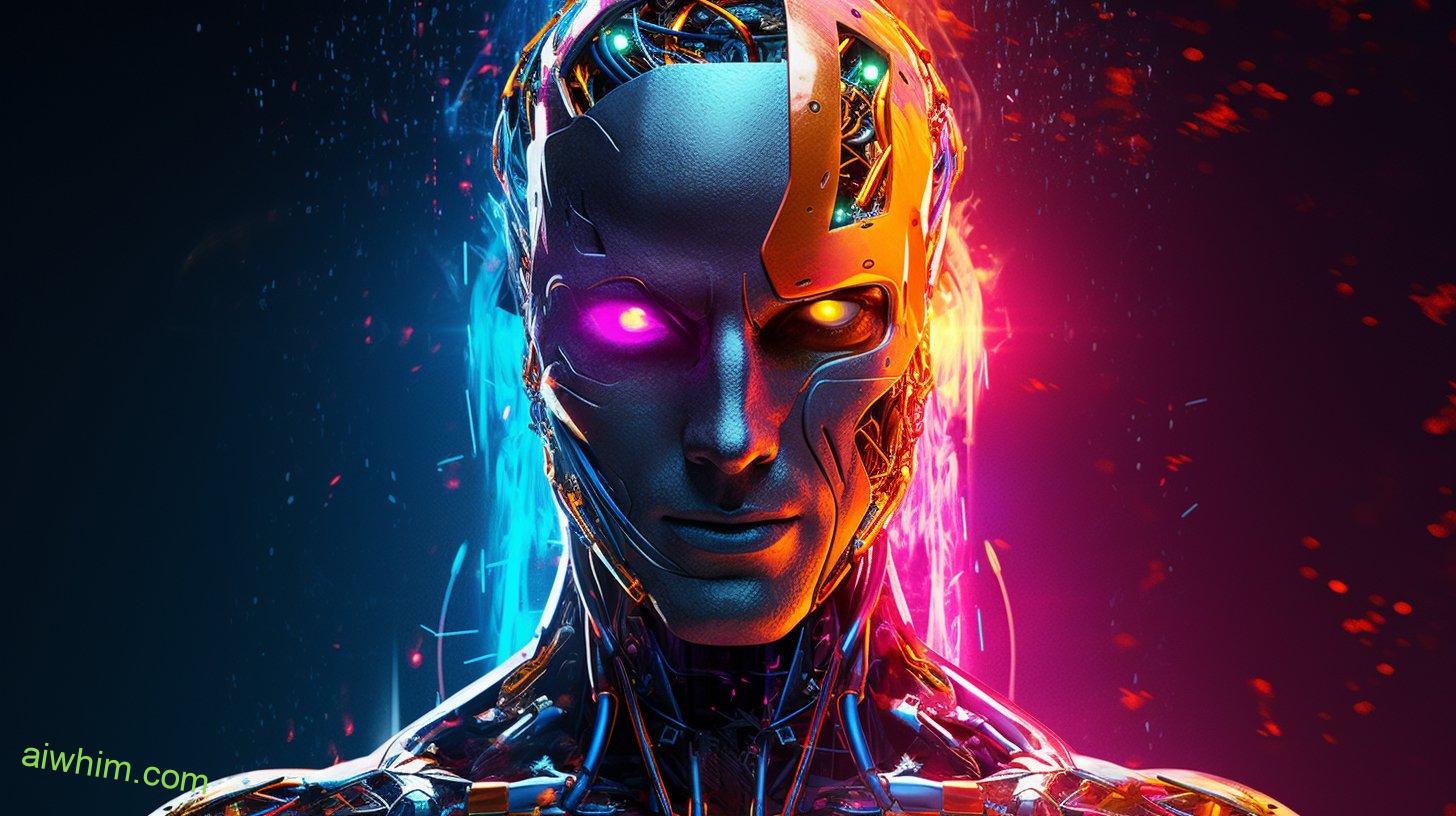Do you think bus drivers can thrive in a world dominated by AI?
Well, buckle up and get ready for a wild ride! With autonomous vehicles on the rise, the role of bus drivers is undergoing a major transformation.
But fear not, this article will explore how you can adapt, enhance your skills, and maintain human interaction in this AI-driven environment.
So, hop on board as we navigate the challenges and opportunities that lie ahead for bus drivers in this brave new world!
Key Takeaways
- Bus drivers need to adapt to the changing landscape by exploring new career paths and diversifying their skill set within the transportation industry.
- Embracing change and actively seeking opportunities for growth is crucial for bus drivers to thrive in an AI-driven world.
- Continuous learning and development of technical and soft skills are essential for bus drivers to enhance their capabilities in an AI-driven world.
- Embracing technology and leveraging automation tools can help bus drivers streamline processes, improve productivity, and unlock new levels of efficiency.

The Rise of AI in the Transportation Industry
You should definitely consider the potential benefits and challenges that arise with the increasing integration of AI in the transportation industry. AI-driven logistics and automation in transportation have the potential to revolutionize the way we travel and transport goods.
On one hand, the benefits of AI in transportation are numerous. AI can help improve efficiency, reduce costs, and enhance safety. With AI, logistics processes can be optimized, leading to faster and more accurate delivery of goods. AI can also enable vehicles to communicate with each other and with traffic systems, reducing congestion and improving the overall flow of traffic.
However, there are also challenges that come with the rise of AI in transportation. One major concern is the potential displacement of jobs. As automation takes over tasks traditionally performed by humans, there may be a decrease in the demand for certain roles, such as bus drivers. This raises questions about the future of employment in the transportation industry. Additionally, there are concerns about the reliability and security of AI systems. It’s crucial to ensure that AI-driven transportation systems are robust and protected against cyber-attacks or malfunctions.
Despite these challenges, it’s important to remember that the integration of AI in transportation can lead to new opportunities and innovations. As technology advances, new roles and industries may emerge, creating new jobs and possibilities. It’s essential to embrace the potential of AI while also addressing the challenges it presents.

The Impact of Autonomous Vehicles on Bus Drivers
Bus drivers may soon face significant changes in their profession due to the increasing presence of autonomous vehicles on the roads. As technology continues to advance, the role of bus drivers could potentially be taken over by self-driving buses. This raises concerns about job security and the need for retraining opportunities. Here are four key points to consider:
- Job Security: The emergence of autonomous vehicles poses a threat to the job security of bus drivers. With self-driving buses, there may be a decreased demand for human drivers, potentially leading to layoffs and unemployment. It’s important for bus drivers to explore ways to adapt to this changing landscape.
- Retraining Opportunities: To ensure a smooth transition, retraining opportunities should be made available to bus drivers. They can learn new skills that align with the evolving needs of the transportation industry, such as operating and maintaining autonomous vehicles, overseeing safety protocols, or providing customer service in a technologically advanced setting.
- Skills in Demand: As autonomous vehicles become more prevalent, there will be an increased demand for individuals with expertise in managing and supervising these vehicles. Bus drivers can consider acquiring additional knowledge in areas such as robotics, artificial intelligence, and data analysis to enhance their employability in this changing job market.
- Adapting to New Roles: Bus drivers can embrace the changing landscape by diversifying their skill set and exploring new career paths within the transportation industry. They can consider roles as transportation coordinators, fleet managers, or even consultants, leveraging their experience and understanding of the industry to thrive in an AI-driven world.
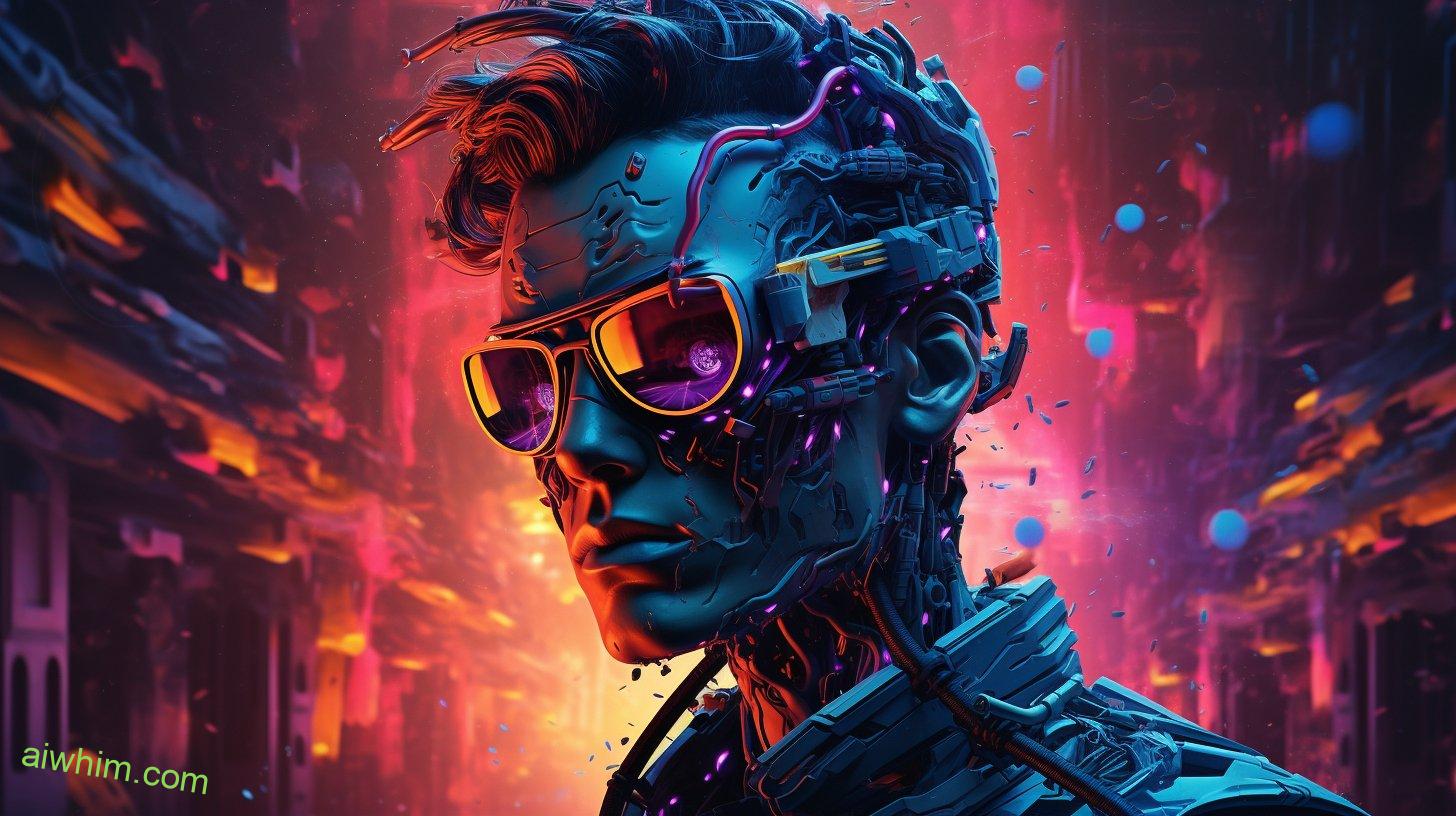
Adapting to New Roles and Responsibilities
To successfully adapt to new roles and responsibilities in an AI-driven world, it’s crucial for bus drivers to embrace change and actively seek out opportunities for growth. Adapting to automation and redefining professional roles can be challenging, but with the right mindset and a willingness to learn, you can thrive in this evolving landscape.
As a bus driver, you have the power to shape your own future. Instead of fearing the rise of AI, embrace it as an opportunity for growth and advancement. Automation may change the nature of your job, but it also presents new possibilities. Imagine a world where you no longer have to worry about navigation or traffic congestion, allowing you to focus on creating a more enjoyable and comfortable experience for your passengers. By embracing the changes brought on by AI, you can become a more valuable asset to your organization and enhance your career prospects.
The key to adapting to automation lies in being proactive. Seek out opportunities to learn new skills and expand your knowledge base. Take advantage of training programs and workshops that can help you develop the technical expertise required in an AI-driven world. Additionally, stay informed about the latest advancements in technology and how they may impact your industry. By actively seeking out information, you can position yourself as a knowledgeable and adaptable professional.
It is also important to be open to redefining your professional role. As AI takes on more tasks, it’s essential to find ways to add value beyond what automation can provide. Embrace your role as a facilitator and connector. Build meaningful relationships with your passengers and be an advocate for their needs. By focusing on providing exceptional customer service and personalized experiences, you can differentiate yourself from AI and ensure your continued relevance in an evolving industry.
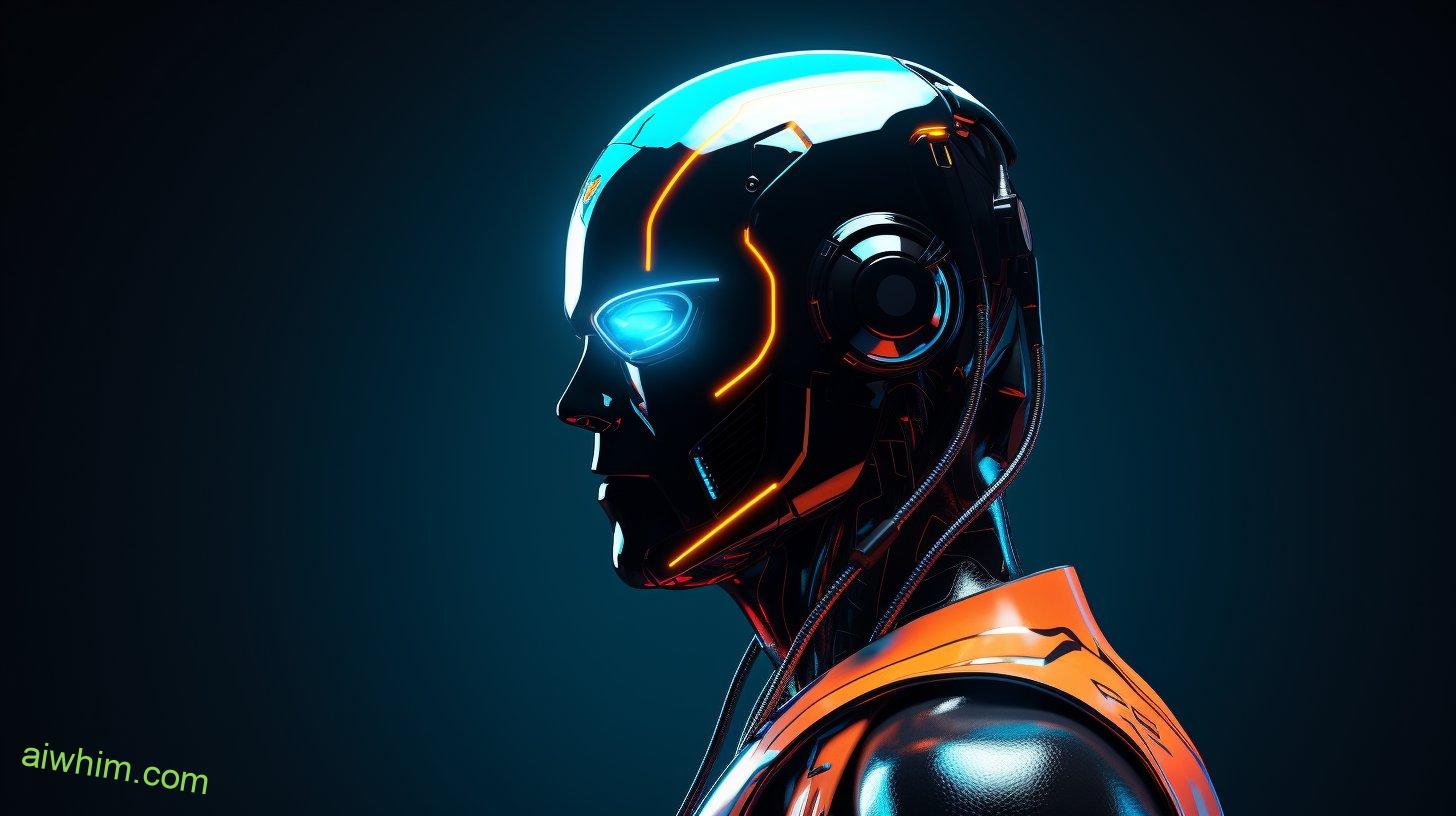
Enhancing Skills and Knowledge in an AI-Driven World
There are numerous opportunities to enhance your skills and knowledge in an AI-driven world, so embrace the possibilities and stay proactive. The rapid advancement of technology has opened up new doors for individuals to continuously learn and develop their skills.
Here are four ways you can thrive in this AI-driven world:
- Embrace Lifelong Learning: In a world where technology is constantly evolving, it’s crucial to adopt a mindset of continuous learning. Take advantage of online courses, workshops, and training programs to stay updated with the latest trends and developments in AI.
- Develop Technical Skills: As AI continues to reshape industries, there’s a growing demand for individuals with technical skills. Enhance your proficiency in areas such as data analysis, machine learning, and programming languages like Python. These skills won’t only make you more valuable in the job market but also open up new career opportunities.
- Cultivate Soft Skills: While technical skills are important, it’s equally essential to develop soft skills that complement AI. Skills like critical thinking, problem-solving, and communication will enable you to work effectively alongside AI systems and contribute to their success.
- Embrace Collaboration: In an AI-driven world, collaboration is key. Seek opportunities to collaborate with AI systems and learn how to leverage their capabilities to enhance your own work. By embracing collaboration, you can harness the power of AI to achieve better results and drive innovation.
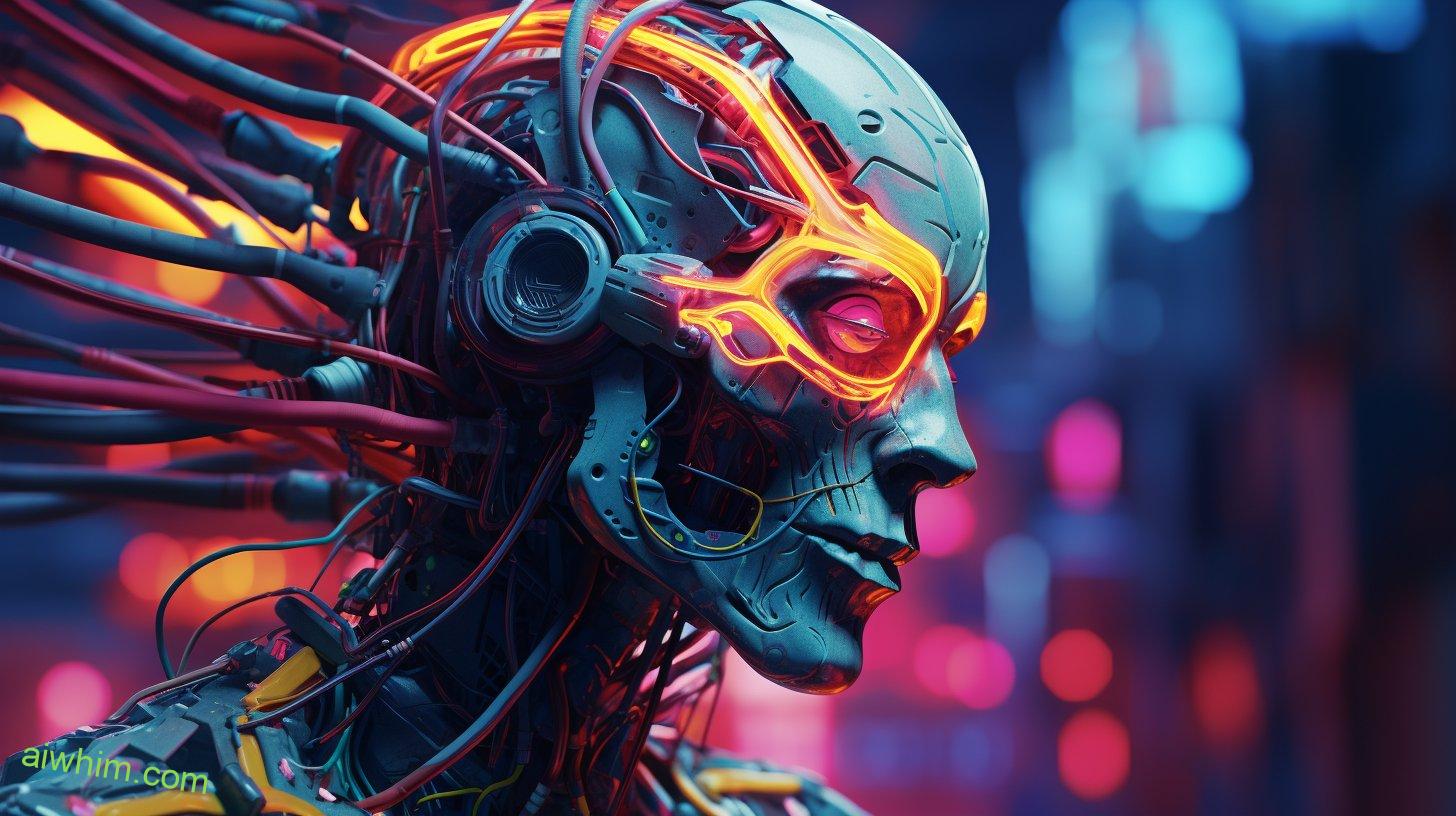
Embracing Technology for Improved Efficiency
If you want to improve efficiency, embrace technology and explore how it can streamline your processes. In today’s fast-paced world, optimizing operations and improving productivity are essential for success. By leveraging the power of technology, you can revolutionize your business and unlock new levels of efficiency.
One way to achieve this is by implementing automation tools that can handle repetitive tasks, freeing up your time to focus on more important matters. For example, using software to automate data entry or customer support can significantly reduce human error and response times. This not only improves productivity but also enhances the overall customer experience.
Furthermore, embracing technology can lead to cost savings. By digitizing your operations, you can eliminate the need for physical storage space, reduce paper waste, and streamline your supply chain. This not only improves your bottom line but also contributes to a more sustainable business model.
To illustrate the impact of technology on efficiency, consider the following table:
| Process | Manual | Technology |
|---|---|---|
| Data entry | Time-consuming | Automated |
| Inventory control | Manual | RFID tracking |
| Communication | Face-to-face | Digital collaboration |
As you can see, embracing technology can transform manual processes into streamlined, automated workflows. This allows you to optimize operations and achieve higher levels of productivity.

Maintaining Human Interaction in an AI-Driven Environment
You should prioritize maintaining human interaction in an AI-driven environment to ensure a sense of connection and personalization. In a world increasingly dominated by AI, it’s crucial to preserve the human element and the emotional support it provides.
Here are four reasons why human connection remains essential in an AI-driven environment:
- Authenticity: Human interaction offers a genuine and unique experience that can’t be replicated by AI. It allows for spontaneous conversations, genuine emotions, and the ability to connect on a deeper level. This authenticity creates a sense of trust and understanding that’s vital for personal growth and development.
- Empathy: Humans have the ability to empathize and understand one another’s emotions. This emotional support is crucial in times of distress or when facing challenges. AI may be able to provide information and solutions, but it lacks the ability to truly understand and empathize with our emotions.
- Adaptability: Humans are adaptable creatures, capable of adjusting to different situations and contexts. This flexibility allows for nuanced and personalized interactions that cater to individual needs. AI, on the other hand, may struggle to adapt to unique circumstances or provide the same level of personalization.
- Creativity: Human interaction fosters creativity and innovation. Through collaboration and brainstorming, new ideas and solutions can emerge. AI may be able to process vast amounts of data, but it lacks the imagination and creative thinking that humans bring to the table.

As a bus driver, you can navigate the challenges and opportunities of your profession by staying updated on new technologies and continuously honing your driving skills.
In today’s fast-paced world, the transportation industry is evolving rapidly, presenting both challenges and opportunities for bus drivers like yourself.
One of the main challenges you face is the increasing traffic congestion in cities. With more cars on the road, it can be difficult to navigate through the streets and stick to your schedule. However, this challenge also presents an opportunity for you to improve your efficiency by utilizing GPS systems and traffic monitoring apps. These tools can help you find the quickest routes and avoid traffic jams, ensuring that you reach your destination on time.
Another challenge is the rising demand for environmentally-friendly transportation. As people become more conscious of their carbon footprint, there’s a growing need for buses that run on clean energy sources. This challenge opens up opportunities for you to learn about and operate electric or hybrid buses. By embracing these technologies, you can contribute to a greener future and attract environmentally-conscious passengers.
Furthermore, the advancement of automated driving technologies poses both challenges and opportunities for bus drivers. While there’s a concern about job security, it also presents an opportunity for you to enhance your skills and adapt to the changing industry. By staying updated on the latest advancements in autonomous driving and learning how to operate and supervise these systems, you can position yourself as a valuable asset in the evolving transportation landscape.

Frequently Asked Questions
How Does the Rise of AI in the Transportation Industry Affect Other Professions Besides Bus Drivers?
The rise of AI in the transportation industry has a significant impact on other professions. Automation in transportation threatens job security for many workers, not just bus drivers. It’s important to consider how this affects your freedom and future career prospects.
What Are Some Specific Examples of New Roles and Responsibilities That Bus Drivers May Need to Adapt to in an AI-Driven World?
In an AI-driven world, bus drivers may need to adapt to new roles and responsibilities. They may have to become more like navigators, guiding the AI and ensuring passenger safety, while maintaining their freedom to make decisions.
How Can Bus Drivers Enhance Their Skills and Knowledge to Remain Relevant in an AI-Driven World?
To remain relevant in an AI-driven world, enhance your skills and embrace lifelong learning. Stay updated on technological advancements, improve your communication and problem-solving abilities, and be open to adapting to new roles and responsibilities.
How Can Technology Be Used to Improve Efficiency in the Bus Driving Profession?
To improve efficiency in the bus driving profession, technology can help in various ways. It can enhance safety measures, such as implementing advanced collision avoidance systems, and increase passenger satisfaction through real-time updates and interactive entertainment options.
Are There Any Potential Negative Impacts on Human Interaction in an AI-Driven Environment, and if So, How Can Bus Drivers Mitigate Them?
In an AI-driven world, negative impacts on human interaction are a concern. But fear not, bus drivers! With proactive mitigation strategies, you can ensure meaningful connections, preserving the freedom of genuine human connection.
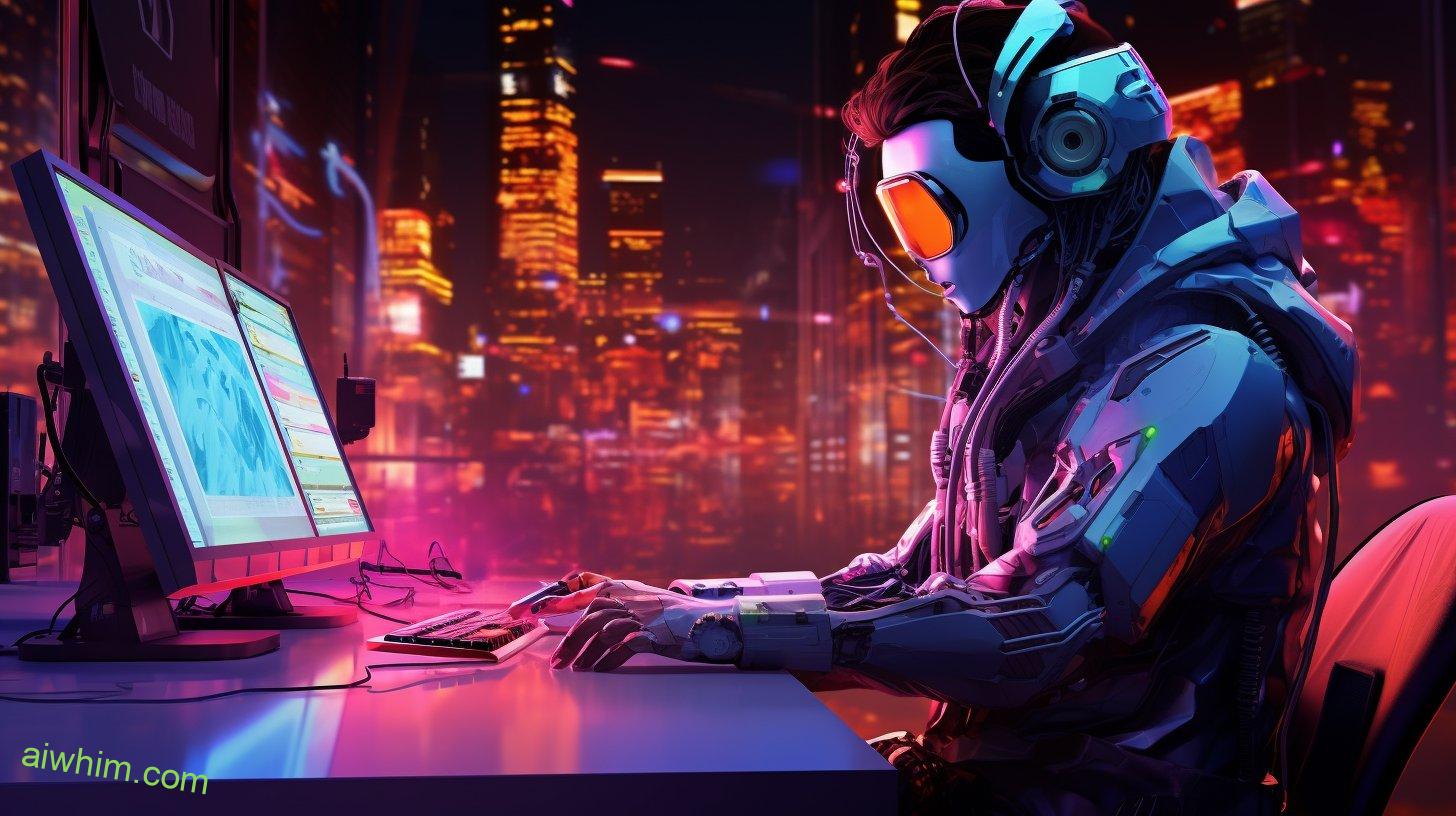
Conclusion
In an AI-driven world, bus drivers can thrive by embracing technology, enhancing their skills, and adapting to new roles and responsibilities.
As the transportation industry evolves, bus drivers must navigate the challenges and seize the opportunities presented by autonomous vehicles.
Remember, ‘adapt or perish,’ and by embracing change, bus drivers can maintain their essential role in providing efficient and human interaction in an AI-driven environment.

